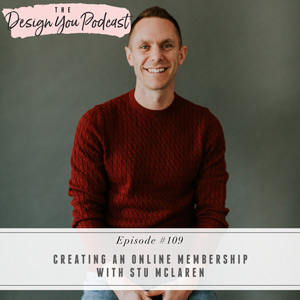
I am so excited to introduce you to today’s guest – the incredible, energetic, fun and exciting Stu McLaren. Stu works with New York Times bestselling authors, top-rated speakers, experts, and niche celebrities, coaching them on how to launch, grow and scale high profit, recurring revenue streams. He is the ‘go-to-guy’ for anything membership!
The coronavirus pandemic has forced so many of us to stop. The ripple effect in the business world is serious and people are struggling to keep their businesses afloat. But there is another side to the story; one that isn’t being publicized, and that’s the opportunity that coronavirus has brought. More people are online right now than ever before, and they want to connect with others. Stu’s here today to teach us why, as creatives, it’s up to us to show up and serve these people, and why the way to do this is through online memberships.
Join us this week as we discuss how to acknowledge and embrace the opportunities presented by the coronavirus, and how to create more stability and revenue that will stay in place long after the pandemic is over. We’ll reveal why you should take advantage of the gift of time right now, and consider what this time could make possible for you. Get out that pen and paper, tune in, and learn how to create a scalable, recurring revenue for your business while doing what you love.
If you’re interested in building a six- or seven-figure membership site, check out Stu’s TRIBE Workshop here!
If you want to keep this conversation going, you have to join my free Design You Podcast community on Facebook. We have great conversations over there about the podcast episodes and our podcast guests are in there too! So head on over and I’ll see you there!





